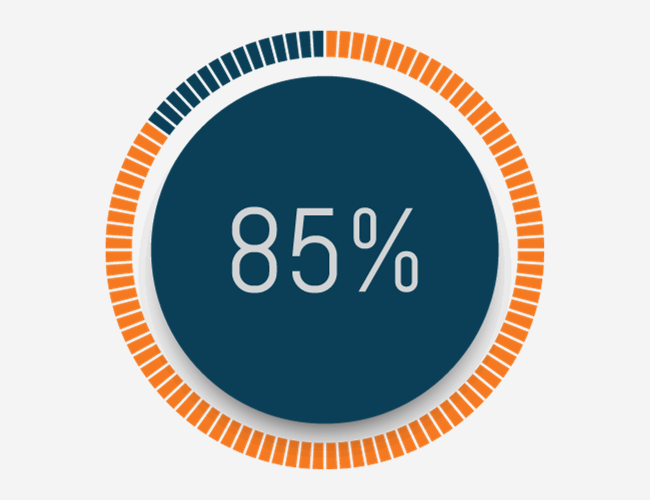It is often believed that employees do not participate in wellness programs because they are unaware that the program even exists, which is why communication is perceived as a critical component for wellness success. However, a recent survey from UnitedHealthcare suggests that program awareness is no longer the problem. According to the survey, 85% of respondents with access to a wellness program are “somewhat aware” or “very aware” of the offerings. Despite high awareness, two-thirds of these employees still underestimate the potential incentives available, and as a result, employees are not fully engaging in their program.

The survey also found that 41% of full-time workers estimated the average financial incentive available through an employer-sponsored program to be up to $300 per employee per year, while 24% thought it was between $301 and $600. With an average $742 per employee per year in incentives, employees are significantly underestimating the wellness benefits employers are providing. This includes popular incentives such as health insurance premium reductions (77%), grocery store vouchers or discounts (64%), and health savings account credits (62%).
There are several factors likely impacting employee engagement in wellness programs. The original culprit – communication – is still on the table. Although awareness of wellness programs is high, it is clear that employees are not fully aware of the details, such as incentives. Since incentives impact participation, improving communication on the details of a wellness program will help drive engagement.
Another factor is time. While the Center for Disease Control and Prevention recommends at least 150 minutes of exercise each week, 15% of survey respondents said that they would devote less than an hour each week for health-related activities (including exercising or researching healthy foods). One-fourth of respondents were a bit more committed, devoting one to three hours for these activities. Only 19% of respondents would devote nine hours or more to improving their health. If employers want to drive engagement in wellness programs, they need to be committed to breaking down barriers to engagement. First, employers can increase the amount of time employees are willing to devote to health-related activities by reducing the time pressures of non-health-related activities. Flexible work schedules help accommodate for planning. Also, education on the importance of dedicating time to one’s health provides perspective and value to the program. Lastly, employers can invest in their physical workspaces to promote healthy living.













